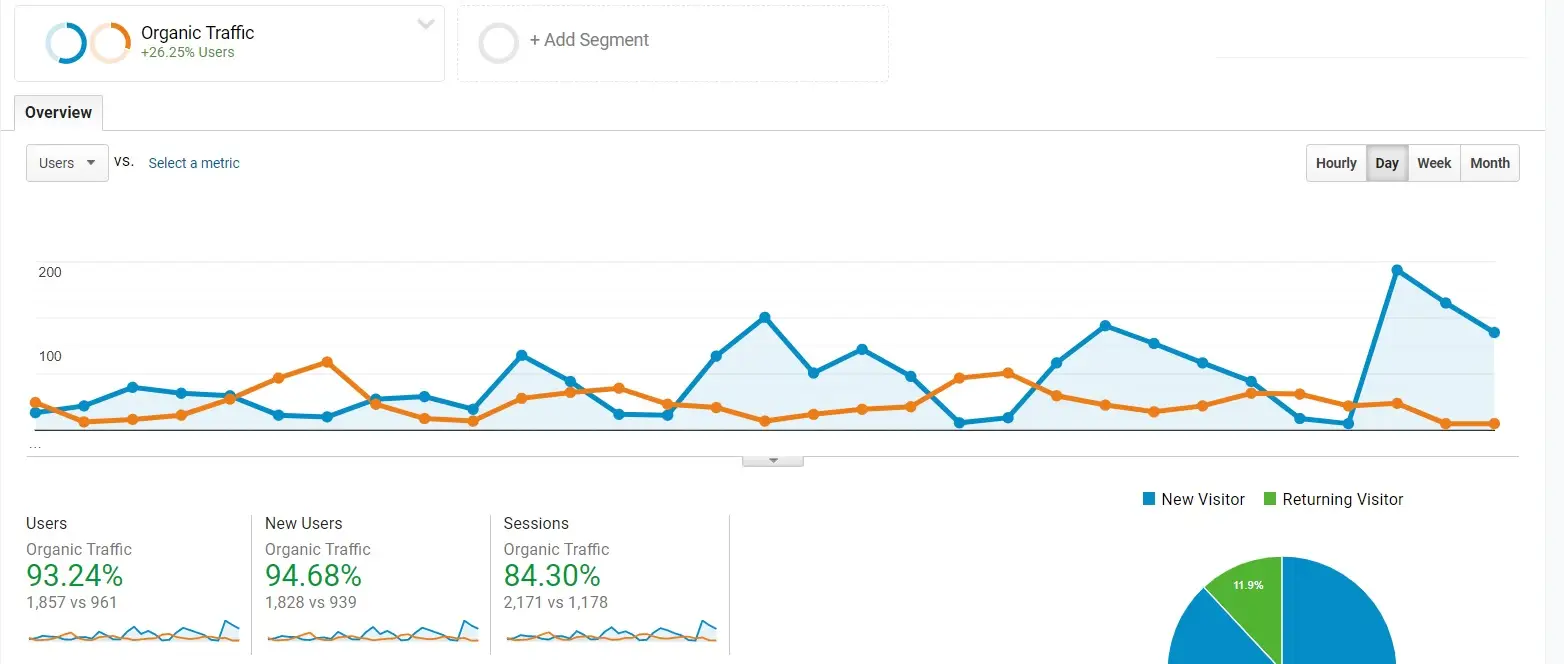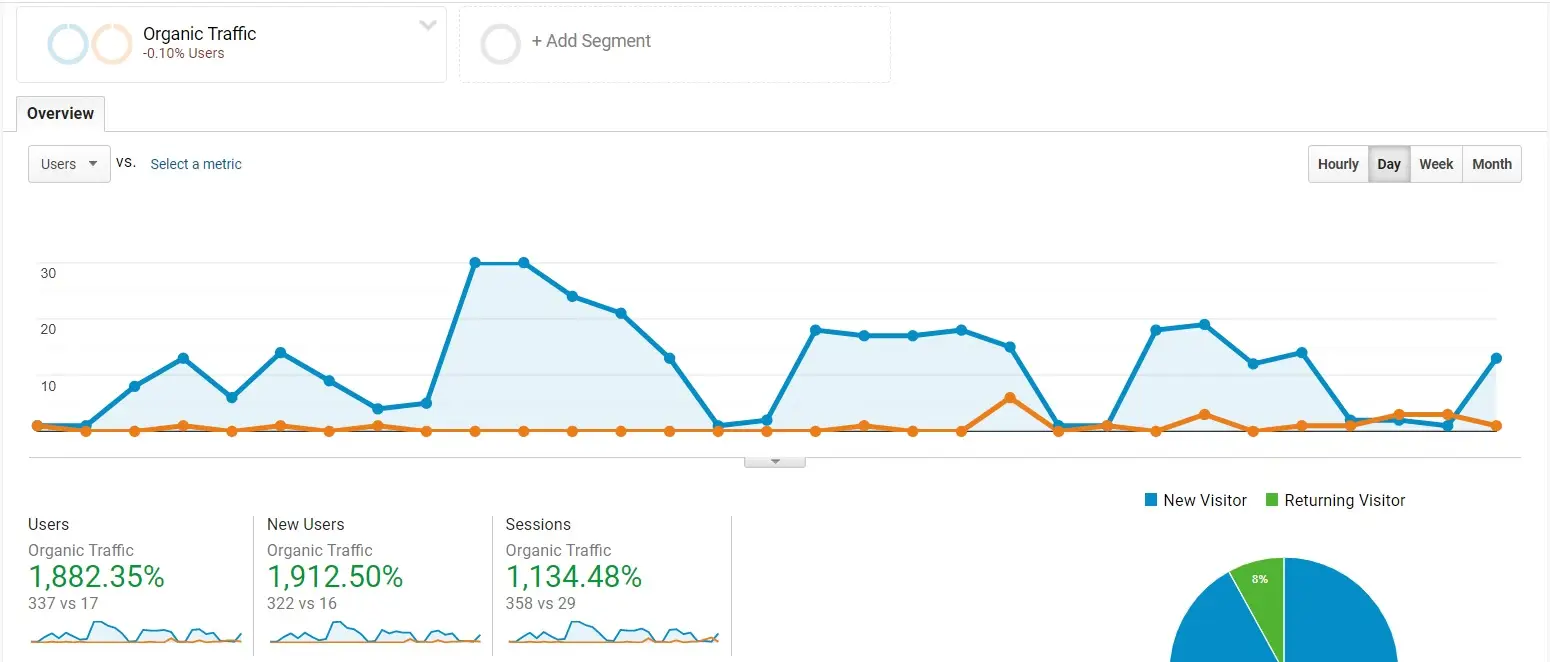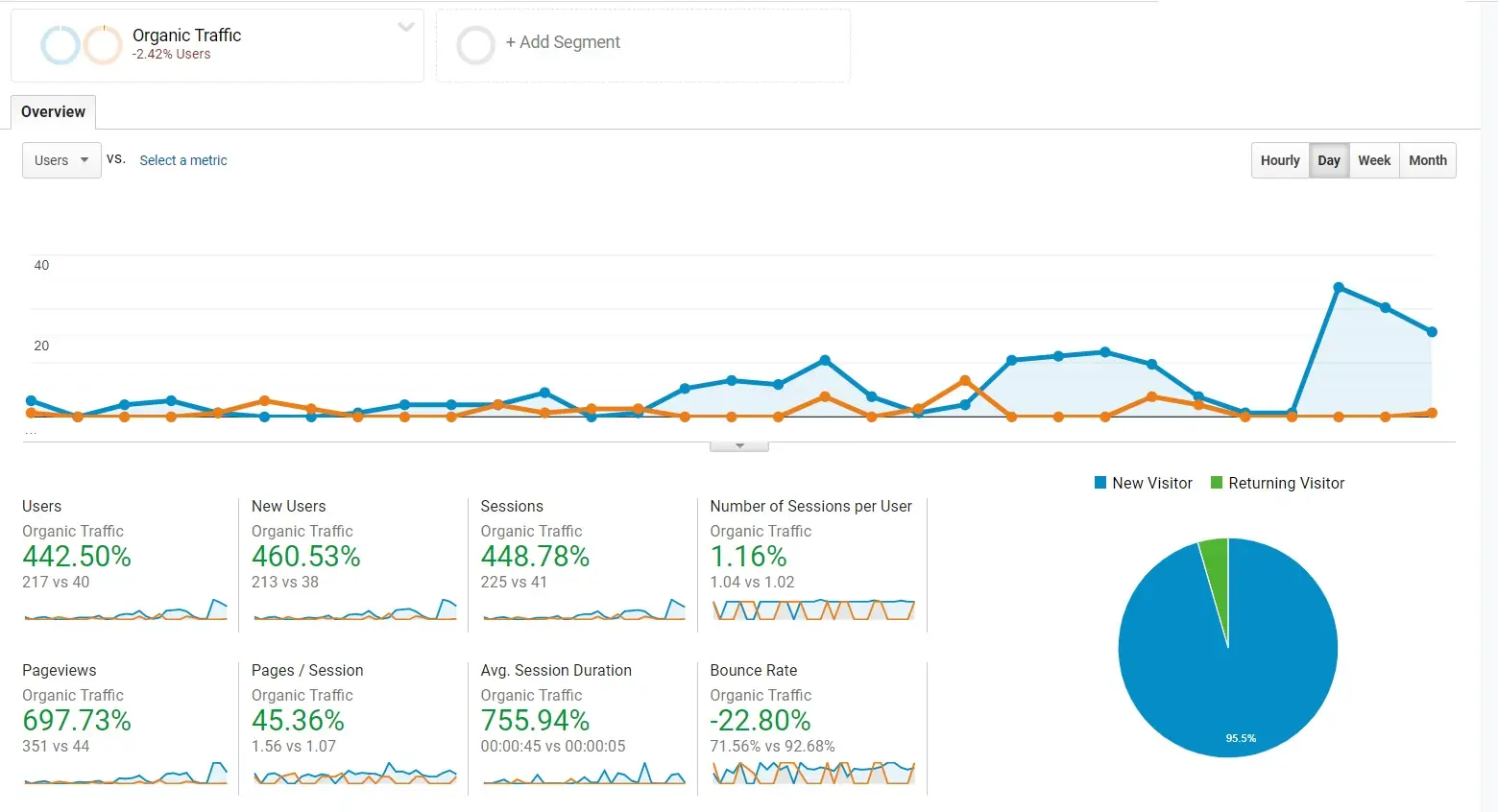Understanding and Creating a Robots.txt File
In the digital landscape, where visibility can make or break a website, the robots.txt file stands as a crucial yet often overlooked tool for webmasters and SEO professionals. This simple text file provides essential directives that instruct search engine crawlers on how to interact with your site. Understanding how to leverage this file effectively can significantly enhance your website’s search engine visibility and overall performance. In this article, we will delve into the intricacies of robots.txt, its significance, and best practices for its implementation.
What is a Robots.txt File?
A robots.txt file is a plain text document that resides in the root directory of a website. Its primary purpose is to provide guidelines for web crawlers—also known as spiders or bots—on which parts of the site they are allowed to crawl and index. Think of it as a set of traffic signs for search engines; it directs them on the best routes to take while exploring your website.

Purpose of Robots.txt
The primary purpose of a robots.txt file is to manage crawler traffic and optimize the indexing process. By specifying which pages or directories should be off-limits, you can ensure that search engines focus on your most important content, thereby improving your site’s visibility in search results.
Importance of Robots.txt
Why is this file crucial? If not configured correctly, it can lead to significant SEO issues. A misconfigured robots.txt file can inadvertently block search engines from crawling your entire site, preventing it from appearing in search results. On the flip side, a well-structured robots.txt file can enhance your site’s performance, protect sensitive content, and manage duplicate material.
How Robots.txt Works
When a search engine bot visits your website, the first action it takes is to look for the robots.txt file. This file acts as a gatekeeper, providing instructions on which pages the bot is allowed to crawl and which it should avoid.
Location
The robots.txt file must be placed in the root directory of your website, accessible at:
https://yourwebsite.com/robots.txt
If a bot cannot find this file, it assumes there are no restrictions in place, leading to unrestricted crawling of your site.
Crawlers’ Behavior
Search engine crawlers follow the directives specified in the robots.txt file to decide which pages to index. For instance, if you have a line that states:
Disallow: /private/
The crawler will not index any pages within the /private/ directory.
Structure of a Robots.txt File
Understanding the basic structure of a robots.txt file is vital for effective configuration. The file consists of simple text directives that guide crawlers.
Basic Syntax
- User-agent: Specifies the crawler that the following directives apply to. For example,
Googlebotfor Google’s crawler. - Disallow: Tells the crawler which pages or directories it should not crawl.
- Allow: Permits access to specific pages or directories, even within a disallowed path.
Example Breakdown
Here’s a basic example of a robots.txt file:
User-agent: Googlebot
Disallow: /private/
Allow: /private/public-page.html
In this case:
- The Googlebot is instructed not to access the
/private/directory. - However, it is allowed to crawl the specific page
/private/public-page.html.
Utilizing Wildcards
Wildcards enhance the specificity of your rules. For example:
User-agent: *
Disallow: /temp/*
This configuration disallows all crawlers from accessing any file within the /temp/ directory.
Importance of Robots.txt for SEO
Crawl Control
One of the most significant advantages of using a robots.txt file is crawl control. By directing search engines away from less important pages, you ensure that they focus their resources on indexing your most valuable content.
Resource Management
Blocking access to non-essential pages helps conserve server resources, which can improve loading speeds—an important factor for user experience and SEO rankings.
Content Protection
Sensitive information, such as login pages or internal documents, can be protected by disallowing crawlers from indexing them. However, it’s important to remember that robots.txt is not a security measure; it merely instructs bots on how to behave.
Managing Duplicate Content
Duplicate content can lead to diluted SEO value. By using robots.txt to block duplicate or low-quality pages from being indexed, you help search engines understand which version of the content is the authoritative one.
Optimizing Crawl Budget
Every website has a crawl budget, which is the number of pages search engines will crawl during a given visit. A well-structured robots.txt file helps guide crawlers to the most important content, ensuring they don’t waste time on less significant pages.
Preventing Indexing of Low-Quality Content
You can enhance your site’s overall quality by preventing the indexing of low-quality or outdated content. This can contribute positively to your website’s SEO performance.
Best Practices for Creating a Robots.txt File
To maximize the effectiveness of your robots.txt file, consider these best practices:
Regular Review
Regularly review your robots.txt file to ensure that important content isn’t inadvertently blocked. As your website evolves, so should your directives.
Specificity
Be specific about what you allow and disallow. For example, rather than blocking an entire directory, consider whether you need to restrict specific files only.
Avoid Blocking Critical Resources
Avoid blocking JavaScript and CSS files. These resources are essential for rendering and indexing your site properly. Blocking them can lead to poor search engine visibility.
Combining with Sitemaps
Using robots.txt in conjunction with a well-structured sitemap can provide clear guidance to crawlers, helping them discover new content more effectively.
Testing
Before going live with your robots.txt file, always test it using tools like Google Search Console to catch any syntax errors. A single mistake can lead to critical content being blocked.
Common Mistakes to Avoid
-
Incorrect File Location: Always place the robots.txt file in your site’s root directory. If it’s in a subdirectory, it won’t be recognized by crawlers.
-
Misunderstanding Directives: Remember that robots.txt is for crawling control, not for managing indexing. Use meta tags for noindex.
-
Blocking Essential Files: Avoid blocking JavaScript and CSS files that help search engines interpret your site’s layout.
-
Failing to Block Incomplete Sites: Prevent indexing of unfinished pages during development to avoid confusion for users and crawlers alike.
-
Using Absolute URLs: Stick with relative URLs for easier management and to avoid potential issues.
How to Create a Robots.txt File
Creating a robots.txt file is a straightforward process. Here’s a step-by-step guide:
Step 1: Create and Name Your File
Open a plain text editor (like Notepad or TextEdit) and name the file “robots.txt”.
Step 2: Write Directives
Add the necessary directives based on your preferences. For example, if you want to block access to a staging area while allowing search engines to crawl your main site, your file might look like this:
User-agent: *
Disallow: /staging/
Allow: /
Step 3: Upload Your Robots.txt File
Once created, upload the file to your website’s root directory. It must be accessible at:
Step 4: Test Your Robots.txt File
After uploading, ensure the file is publicly accessible by entering the URL in a private browsing window. Additionally, use tools like Google Search Console to verify its correctness.
Real-World Scenarios and Examples
Case Studies
Consider an e-commerce site that has various categories, including private areas for user accounts and admin panels. By configuring the robots.txt file to block access to these sensitive sections while allowing crawlers to index product pages, the site can protect sensitive information while ensuring that key content remains visible in search results.
Common Use Cases
- Blogs: Bloggers often block access to tags or category pages that might lead to duplicate content.
- E-commerce Sites: Sites may want to prevent crawlers from indexing staging areas or cart pages that are not meant for public viewing.
Conclusion
A well-constructed robots.txt file is a powerful tool for managing how search engines interact with your website. By understanding its structure and adhering to best practices, you can optimize your site’s visibility, protect sensitive information, and enhance your overall SEO strategy. Regularly reviewing and updating your robots.txt file ensures it continues to meet your site’s needs effectively. Embrace this simple yet effective tool, and watch your website’s performance improve in search engine results.
FAQs About Robots.txt
What happens if there is no robots.txt file?
If your site lacks a robots.txt file, search engines will crawl and index everything they find, which may not always be ideal.
Can I block specific crawlers?
Yes, you can specify directives for individual user-agents in your robots.txt file.
Is robots.txt a security measure?
No, it is not a security measure; it simply instructs crawlers on how to interact with your site. For sensitive content, consider using authentication measures.
How do I know if my robots.txt file is working?
You can test your robots.txt file using tools like Google Search Console to check for syntax errors and confirm that crawlers are following your directives.
By effectively utilizing a robots.txt file, you can greatly influence how search engines perceive and interact with your site, ultimately enhancing your SEO efforts and driving more organic traffic.


